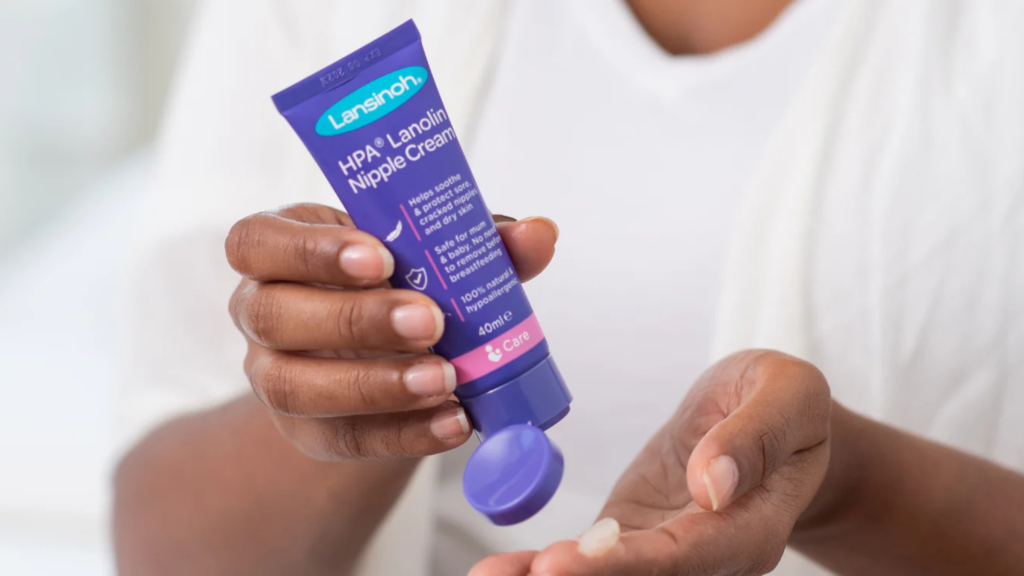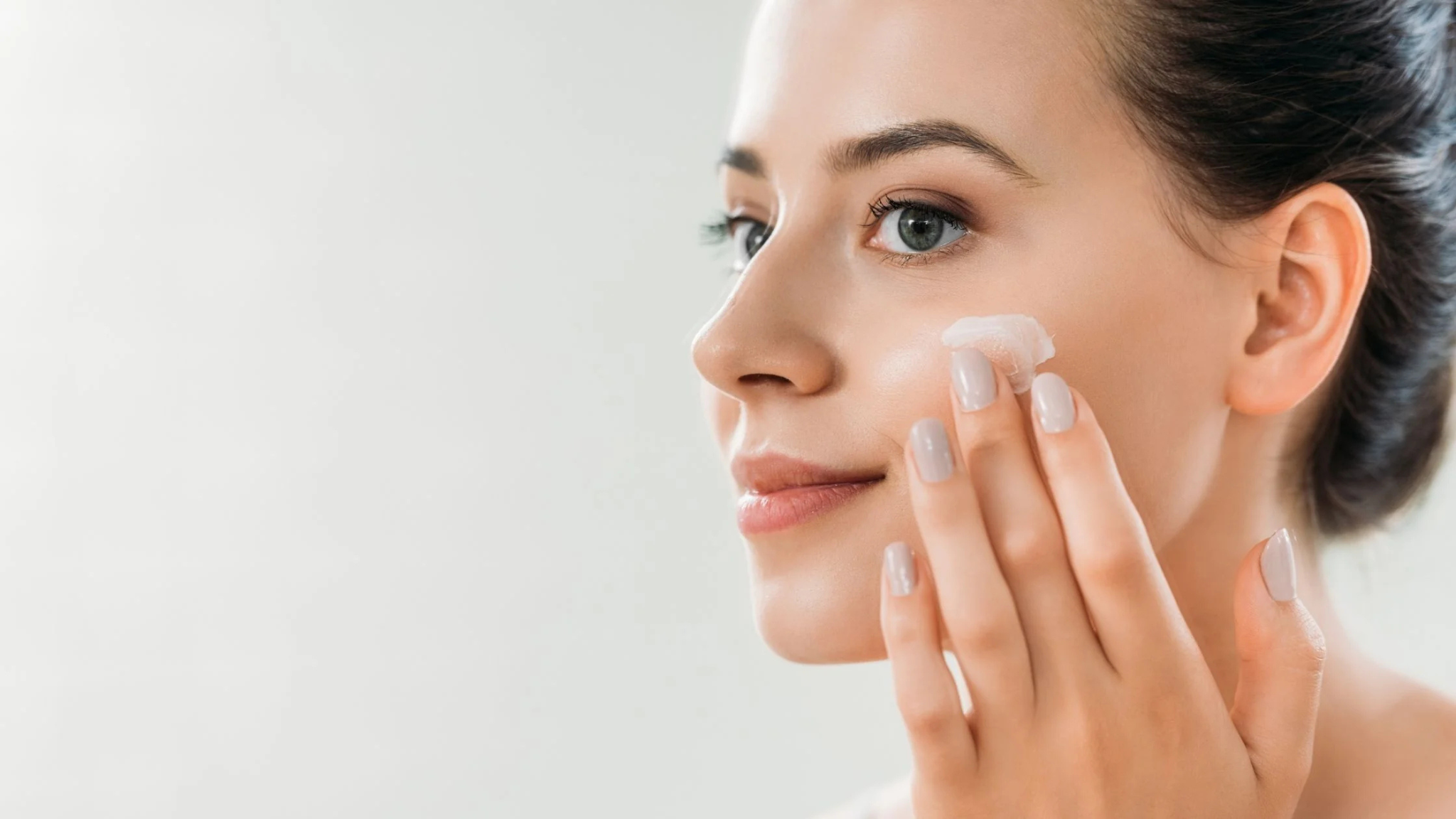Lanolin Balm: The Natural Skin Moisturizer You Need
Lanolin balm locks moisture into your skin better than most ingredients you’ll find in skincare products. Your skin loses 30% less water when you use this natural moisturizer, yet most people don’t know about its powerful benefits.
The science proves lanolin works. Sheep’s wool gives us this remarkable substance that medical research supports for skin healing. Medical-grade lanolin suits even sensitive skin types, and only 7% of people show any reaction to it.
This guide shows you exactly what lanolin balm does for your skin. From fixing dry patches to healing chapped lips, lanolin balm solves multiple skin problems with its natural moisturizing power. You’ll learn why this ingredient deserves a spot in your daily skincare routine.
What Makes Lanolin Special

Sheep produce one of nature’s best moisturizers right in their wool. Lanolin acts as a natural waterproofing system, protecting sheep from harsh weather and keeping their fleece soft.
Where Lanolin Comes From
Lanolin starts in the sheep’s skin, specifically their sebaceous glands. Each wool fiber gets coated with this protective substance that shields both skin and fleece. People often call it “wool grease” or “wool wax,” though technically it’s a wax.
Fresh sheep wool contains 5-25% lanolin. Merino sheep give the most lanolin – a single sheep produces about 250-300 ml of this valuable substance. Their high lanolin content explains why Merino wool feels so incredibly soft.
How Lanolin Gets Made
The process starts when sheep get sheared. Their wool goes through “scouring” – a deep cleaning that removes dirt and sand. Special machines spin the wool at high speeds to separate the lanolin from water.
The raw lanolin comes out dark and thick, with a strong sheep smell. Then it goes through several cleaning steps:
- Removing soap residue and impurities
- Treating with alkaline solutions
- Cleaning with alcohol mixtures
- Using vacuum systems to remove pesticides and odors
- Sometimes bleaching for cosmetic uses
These steps turn the dark grease into clean, light yellow lanolin that barely smells.
Different Types of Lanolin
You’ll find several lanolin grades in skincare products:
Pharmaceutical grade meets strict USP and EP standards. This ultra-pure form works best for medical uses.
Cosmetic-grade suits regular skincare products. Most lanolin balms use this type.
Ultra-Medical Grade claims three times more purity than regular medical grade through special cleaning processes.
Some varieties come with added vitamin E, reduced alcohols for sensitive skin, or special processing that lets them hold 400% of their weight in water.
The Science That Makes Lanolin Work
Lanolin matches your skin’s natural oils almost perfectly. This molecular match explains why lanolin works better than most moisturizers for keeping your skin healthy and hydrated.
Lanolin Balm: Why Your Skin Loves Lanolin
Your skin accepts lanolin easily because it looks just like your natural skin oils at a molecular level. The structure matches your skin’s protective barrier so well that even damaged skin responds to it. Unlike your skin’s oils, lanolin doesn’t contain triglycerides, yet still provides similar moisture-locking benefits.
Lanolin’s Moisture-Locking Power
Lanolin creates a special breathable layer on your skin. This layer cuts water loss by 20-30% while letting your skin function normally. The real magic happens when lanolin moves past the surface into deeper skin layers.
Your skin gets double the benefits:
- A protective surface barrier
- Deep moisture that lasts
One application of lanolin (4mg/cm²) keeps working for up to 72 hours. Plus, lanolin holds 400% of its weight in water, creating lasting hydration.
The Building Blocks of Better Skin
Lanolin works through its unique molecular makeup:
- Long-chain esters and hydroxyesters
- Lanolin alcohols with cholesterol
- Lanolin acids (40% alpha-hydroxy acids)
- High-molecular-weight diesters
Special water-binding molecules in lanolin grab onto moisture. This dual action as both moisturizer and barrier makes lanolin outperform common ingredients like petrolatum and glycerin. That’s why lanolin fixes even the driest, most damaged skin.
5 Skin Problems Lanolin Balm Fixes
Lanolin balm solves multiple skin issues through its unique moisturizing powers. Here’s exactly what this natural ingredient fixes.
Lanolin Balm: Dry, Cracked Skin
Lanolin balm seals moisture into severely dry skin. The oily barrier cuts water loss by 20-30% while letting the skin breathe naturally. Your cracked heels and split skin heal faster because lanolin holds double its weight in water. Use it twice daily to fix even winter-damaged skin.
Lanolin Balm: Chapped Lips
Most lip products just coat your lips – lanolin goes deeper. It moves past the lip surface to fix dryness from within. Studies prove it works: chemotherapy patients saw 30% less lip dryness with lanolin cream. Your lips stay protected even in harsh winter weather.
Irritated Skin and Wounds
Lanolin speeds up wound healing with natural anti-inflammatory power. Your skin builds healthy tissue and collagen faster while avoiding damage. The balm works especially well on scrapes during the final healing stages.
Sore Nipples During Breastfeeding
Breastfeeding mothers trust lanolin for cracked, painful nipples. Clinical tests show it beats expressed breast milk for nipple healing. Medical-grade lanolin stays safe for babies – no cleanup needed before nursing.
Lanolin Balm: Fine Lines and Wrinkles
While not an anti-aging treatment, lanolin plumps up your skin. It soaks up 2-4 times its weight in water, filling out fine lines temporarily. Regular use strengthens your skin barrier for a younger look.
Lanolin Safety Facts You Should Know
Lanolin balm safety questions pop up often among skincare users. Here’s what research tells us about this natural ingredient.
Real Facts About Lanolin Allergies
Lanolin allergies happen less than you might think. Only 1.7% to 3.3% of dermatitis patients show reactions. For regular people, that number drops to less than 0.5%.
These groups should check with their doctor first:
- People with eczema or leg ulcers
- Kids and older adults with sensitive skin conditions
- Anyone allergic to wool
Medical-Grade Makes a Difference
Medical-grade lanolin beats regular lanolin for safety. The strict cleaning process removes pesticides and cuts down free lanolin alcohols. When these alcohols drop below 1.5%, you get truly hypoallergenic lanolin. Nursing mothers need this ultra-pure type.
Common Myths About Lanolin
The American Contact Dermatitis Society named lanolin “Allergen of the Year” in 2023. Don’t let that fool you. Skin expert Albert Kligman puts it right: “It’s time to stop denigrating a wonderful natural substance, which has been used for thousands of years”.
A misleading 1953 study used only allergy-prone people. Truth is, only 10 in every million people react to lanolin.
Test Lanolin on Your Skin
Try this simple test before using lanolin:
- Put a tiny bit on your inner arm
- Keep it covered for 24-48 hours
- Look for any redness, itching, or swelling
- Stop if your skin reacts
Need more certainty? Get a proper patch test with 30% wool wax alcohols.
Why Lanolin Balm Works
Lanolin balm matches your skin’s natural oils perfectly. Your skin loses 30% less moisture with lanolin, making it one of nature’s best moisturizers. Scientific tests prove lanolin safe – fewer than 3.3% of people show any reaction.
Medical-grade lanolin gives you the purest form, perfect for sensitive uses like breastfeeding. This natural ingredient fixes multiple skin problems:
- Heals cracked skin
- Soothes chapped lips
- Speeds up wound healing
- Reduces fine lines
Lanolin balm stands apart from regular moisturizers. Your skin gets real results from this time-tested ingredient that both traditional wisdom and modern science support. The unique molecular structure locks in moisture exactly where your skin needs it most.


